How an ESL Morning Routine Builds Vocabulary, Oral Language, and Confidence — Month by Month
Finding time to build meaningful oral language practice, teach sight words, and cover seasonal vocabulary — all while keeping ELLs engaged — can feel overwhelming. After years of teaching ESL from Kindergarten through Middle School, I found that starting with a simple, consistent morning routine changed everything — not just for vocabulary acquisition, but for student confidence and classroom flow.
Here’s how I build a year-long ESL morning routine that’s flexible, research-supported, and works whether you’re teaching in your own room, on a cart, or online.
***Disclaimer: In this blog, the terms ESL students (English as a Second Language), ELLs (English Language Learners), and ML (Multilingual Learners) are used interchangeably. While “Multilingual Learners” is becoming the more widely accepted term, “ESL students” and “English Language Learners” are still commonly used in various contexts. My aim is to be inclusive and clear to all readers, regardless of the terminology they are familiar with.
Why Morning Routines Are Powerful for ELLs
A predictable start to the day does more than settle students in — it creates a safe, structured environment where multilingual learners can take risks with language. Research shows that consistent routines boost language retention and reduce anxiety for English Language Learners. When students know what to expect, they focus more energy on learning new content rather than figuring out what’s next.
Core Components of My ESL Morning Routine
Each morning routine includes the following essential parts, each designed to target different aspects of language growth:
1. Patterned Calendars, Weather Graphs, and Math Language
One of the most engaging components of the morning routine is building a patterned calendar using thematic monthly tiles. Students add new tiles each day to recognize and predict patterns, reinforcing sequencing and math concepts. We also build a daily weather graph and discuss our data, which integrates math with real-world observation and encourages the use of academic language.


When talking about dates, students practice both cardinal numbers (e.g., 1, 2, 3) and ordinal numbers (e.g., 1st, 2nd, 3rd), which strengthens numerical literacy and vocabulary for ELLs
2.Seasonal Verbs, Nouns, and Collocations
Teaching seasonal verbs, nouns, and collocations instead of isolated vocabulary is highly beneficial for ELLs. Collocations (words that naturally go together, like "harvest pumpkins" or "gobble up turkey") help students learn how words are used in authentic contexts, making language more natural and easier to produce.
Focusing on collocations supports comprehension, strengthens vocabulary retention, and gives students ready-to-use language chunks for speaking and writing. Incorporating seasonal themes ensures that the vocabulary is meaningful and memorable.
3. Idioms in Context
Idioms are often tricky for ELLs because they are cultural, abstract, and don’t translate literally. To make them meaningful, I introduce one idiom per month that is thematically connected to the season, holidays, or student experiences. For example:
- First day of school: "have butterflies in one's stomach" — connects to feelings of anxiety or excitement.
- Halloween: "once in a blue moon" — introduces a holiday-themed expression.
- Thanksgiving: "gobble up" — ties to cultural context and food vocabulary.
Each idiom is presented with visuals, example sentences, and class discussions, which helps ELLs understand both meaning and usage. This approach supports comprehension, encourages conversation, builds cultural awareness, and allows students to practice using idioms in context, which enhances both vocabulary and oral language development.
4. Oral Language Practice with "Would You Rather?"
Every week, students respond to a simple, themed "Would You Rather?" question. These slides do more than just teach seasonal vocabulary — they also encourage critical thinking, sentence formation (and grammar: 2nd conditional question), and reasoning skills. Students explain their choices, practice using complete sentences, and engage in meaningful dialogue with peers. Plus, the fun and often silly scenarios make the class giggle, creating a joyful and relaxed environment that motivates participation and helps students feel comfortable taking risks with language. This low-pressure activity is high-impact for building oral language confidence and fostering a positive classroom community.
5. Sight Words with Visual Support
For newcomers, sight words can feel abstract and challenging to remember. Pairing each sight word with a visual helps make it concrete and memorable. In my yearly digital calendar and morning slides, I include four key sight words each week of instruction, covering grades K–3. This adds up to almost 200 visual sight words throughout the year. Students interact with these words in multiple ways — they may trace them, color associated images, label pictures, or write the words — reinforcing recognition, reading fluency, and writing skills. By revisiting these words consistently, even our newest learners build familiarity and confidence in reading and using English independently.
6. Visual Schedules and Direction Cards
Part of my morning routine includes a visual schedule that we read together each day. Visual schedules are especially beneficial for ELLs because they provide clear, consistent cues about what to expect, reduce anxiety, and support comprehension of new vocabulary and routines.
At the beginning of the school year, I rely heavily on visual direction cards to demonstrate tasks step by step. This is important because many newcomers may struggle to follow spoken directions or have limited English proficiency.
The visual cues ensure students understand expectations, build independence, and help them transition smoothly between activities.
Making It Work Year-Round
As you teach throughout the school year, students become more and more familiar with the routine. Eventually, many of them take the lead — guiding their peers through the morning slides, asking the questions, and responding together.



Because each monthly set of digital slides is built in the same way, it reduces overwhelm and increases confidence. The familiarity means students know exactly what to do, and they take ownership of the activity each day — giving you a few extra minutes to prepare materials, check in with students, or simply observe their growing independence.
In the past, I built individual monthly slides. Now, I’ve combined everything into a full-year digital calendar with activities for every month — so no matter the season, you’re reinforcing language in a predictable, engaging way. It’s designed to travel with you, whether you’re pushing into classrooms, teaching from a cart, or working online.
How This Routine Supports ELL Success
- Stronger oral language skills — Consistent speaking opportunities in predictable contexts help students build sentence fluency and confidence in communicating their ideas in English.
- Accelerated vocabulary growth — Frequent, meaningful exposure to seasonal and thematic vocabulary strengthens retention and helps students use new words in context.
- Improved cultural and pragmatic understanding — Idioms and cultural references provide ELLs with access to the “hidden curriculum” of language, helping them navigate authentic conversations with peers and teachers.
- Increased student ownership and classroom community — When routines are predictable, ELLs feel safe to participate, take leadership roles, and collaborate, creating a supportive, inclusive learning environment.
How to Implement This Routine in Your Classroom
- Begin class with: "Today is / Yesterday was / Tomorrow will be" - great for time vocabulary and sentence structure.
- Show one seasonal picture and brainstorm related words together.
- Introduce one idiom per month — draw or act it out with your class.
- Use a simple "Would You Rather?" question to get students talking.
If you’re looking for a complete, year-long version of this routine — with a digital calendar for each month, idioms, sight words, and would you rather prompts already built in — I’ve created one that mirrors exactly what I use with my own students.
You can check out a sample here.
Use it for:
- Morning Meeting Bell Ringers
- Word Study
- Vocabulary Workshop
- Daily Speaking Practice
Still not sure? Check out FREE September slides here.
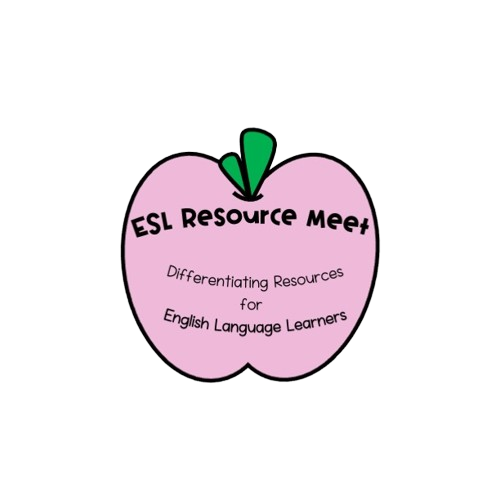

















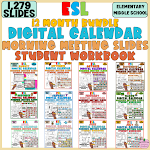


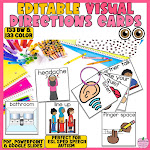





































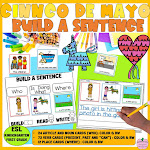







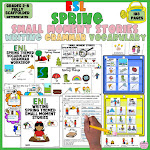




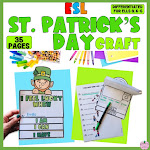
















































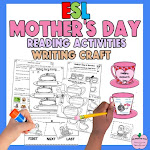
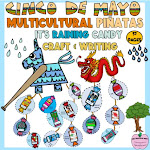
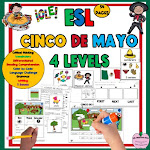
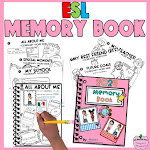




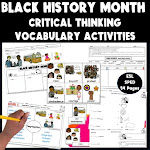



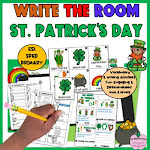
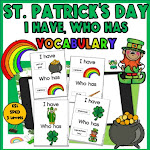
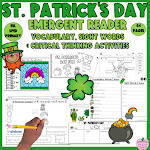



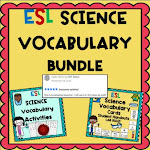




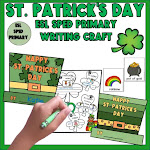

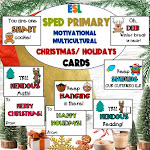
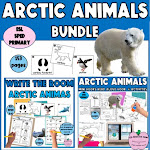

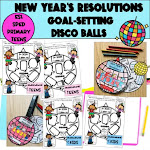
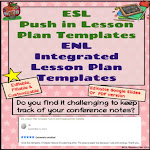




0 Comments